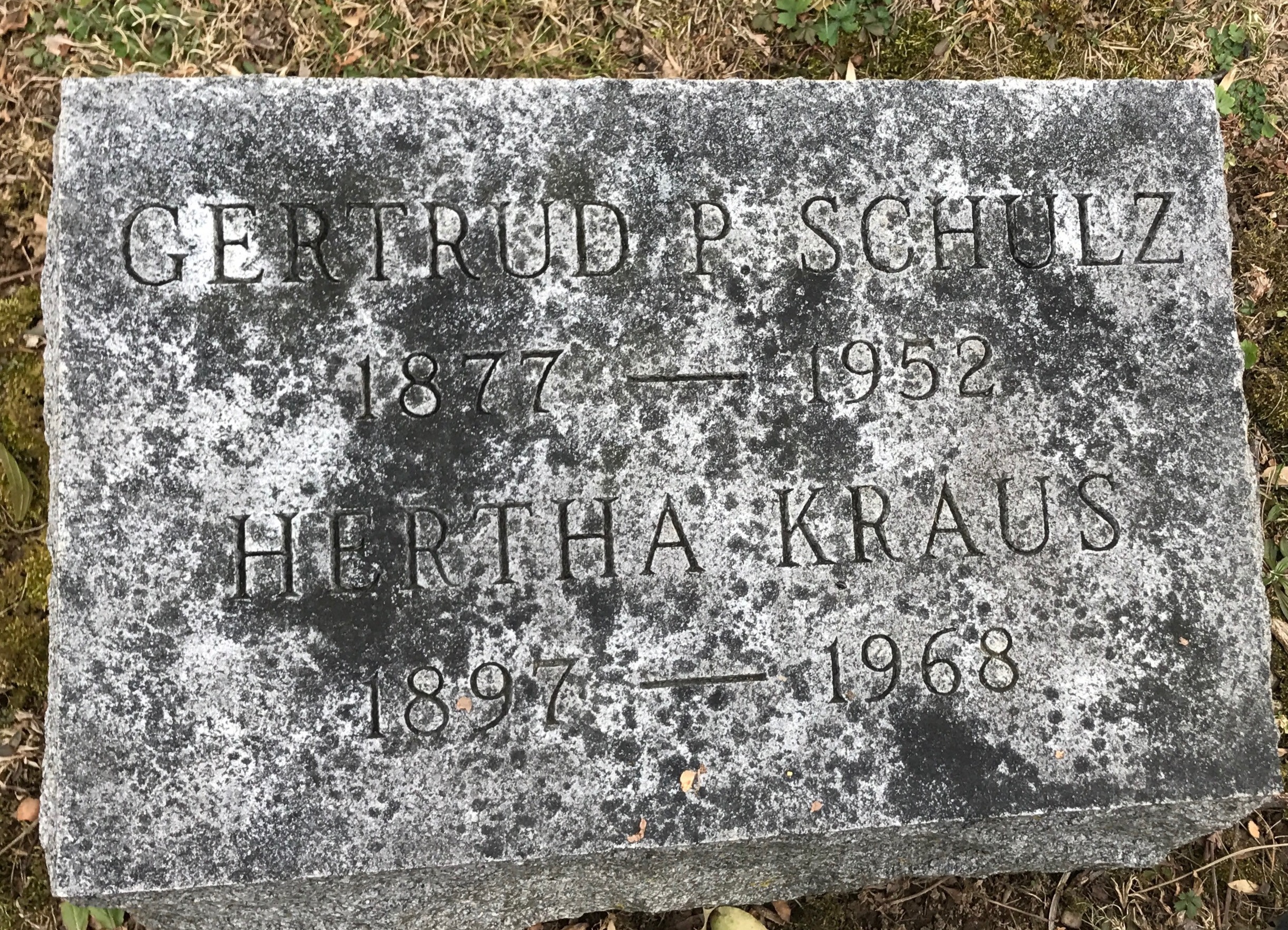
This is part II of a four-part story written by Haverford resident, Nancy Warren. A study of history uncovers the role a home near Haverford Meeting (Buck Lane) played before and after WWII. Hertha Kraus of American Friends Service Committee (AFSC) was the restless and directive social worker in charge of placement of refugees landing at the Buck Lane house. She is buried at Haverford Meeting, not far from the neighborhood she served.
PART 2
By Nancy S. Warren
In April of 1937, Hertha Kraus of the American Friends Service Committee, herself a Jewish German immigrant who helped immigrants informally for years prior, was appointed adviser of refugee and immigration services for AFSC. As a social worker in Germany she had written her doctorate on welfare statistics and implemented the idea of settlements and neighborhood homes for struggling communities. She fled Cologne in the thirties because she was a Jew and because of her involvement with the Democratic Socialist Party. At Bryn Mawr College, as an Associate Professor of Social Economy and Social Research, Kraus made it clear that academic research, statistical analysis and record keeping were critical to the social work field and to the benefit of the refugees with whom she worked closely.
She used her extensive contacts and experience in Germany to help form America’s refugee programs and published a series of case relief records in International Relief in Action 1914-1943 so that critical helpers could learn principles and procedures for international relief.
Kraus’ German sensibilities and attitudes towards social welfare sometimes conflicted with American social theory. By nature impatient, restless and directive, she did not fit well with Quaker ideals of cooperation and consensus and there are records of frustrating meetings with AFCS members which included Rufus Jones’ wife Elizabeth and their daughter, Mary Hoxie Jones. Kraus’ pragmatic personality did however hold her in good stead for the task of refugee placement. She did not search for the ‘perfect’ job, but rather the most expedient one, so that almost all of the refugees she helped found work.
Kraus’ reputation allowed her to continue her conversations with influential contacts in Germany despite the wartime situation. Her interest and skills in social policy and community organization furnished a sturdy basis for the hostels she started throughout the United States to help orientate refugees.
One of the hostels, called the Collective College Workshop, was here at 824 Buck Lane. Immigrants who lived here were invited to parties at Kraus’ home where she housed more
refugees, many of whom were also academic heavy weights. She and her partner are buried at the Haverford Friends Meeting, right up the street.
The story of how these people ended up here and how their journey nurtured the growth of community and social work is particularly interesting to me both as a homeowner who loves this neighborhood and as a social worker who loves our country and my work. It’s telling allows us to look at how the war, as horrific and ugly as it was, disclosed the possibilities and the complexity of personal histories caught up in its maelstrom.
Next installment July 10 – Read the third posting and find out who moved in at 824 Buck Lane and learn what they talked about as they did the dishes and took care of daily living at the Buck Lane hostel.
Nancy S. Warren, LMSW
May 2019